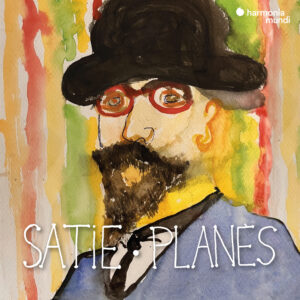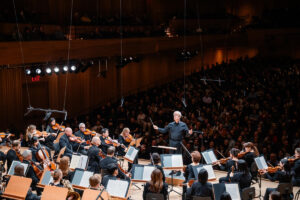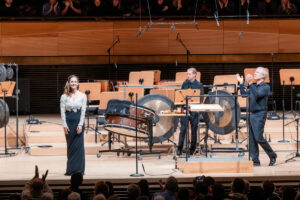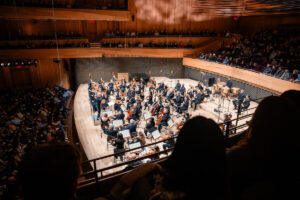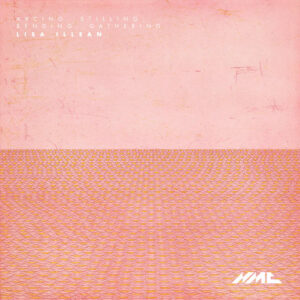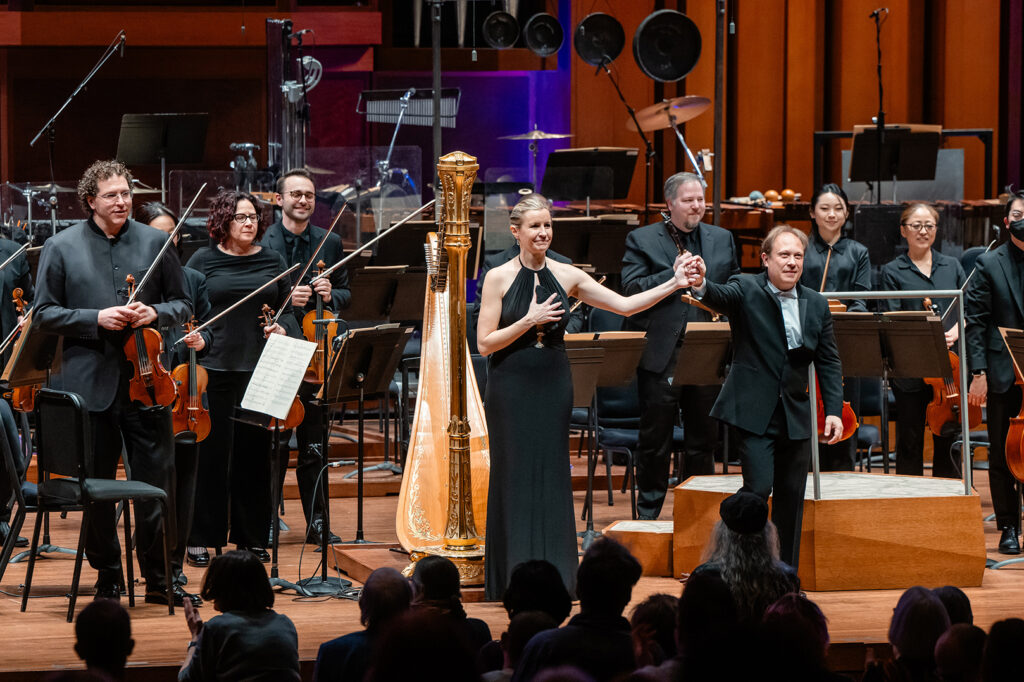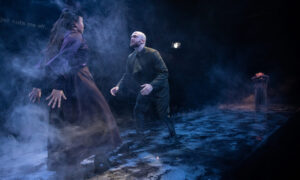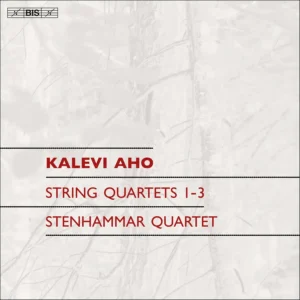
The Canadian pianist/composer Adam Sherkin shares music from his home country on an extensive program at Merkin Hall in New York on March 15, 2025. “Composers in Play XV” is presented by Piano Lunaire, an organization launched by Sherkin and his colleagues in 2018. On this occasion he joins forces with the American pianist Anthony de Mare.
Together the two perform music by (mostly) living Canadian composers for one and two pianos.
Each of the performers has connections with some of the creators. In Sherkin’s case it is himself as the composer of Ink from the Shield for two pianos, which has its world premiere performance this program. De Mare has a 30+ year friendship with Rodney Sharman, and was one of the people who encouraged the composer to write a series of “Opera Transcriptions,” three of which are on this program.
The composers represent a geographical cross section of Canada: Vivian Fung hails from Edmonton; Ann Southam (the sole non-living composer on this program) was from Winnipeg; Kelly Marie-Murphy from Calgary, and Linda Catlin Smith and Sherkin from Toronto.

